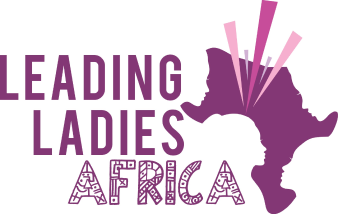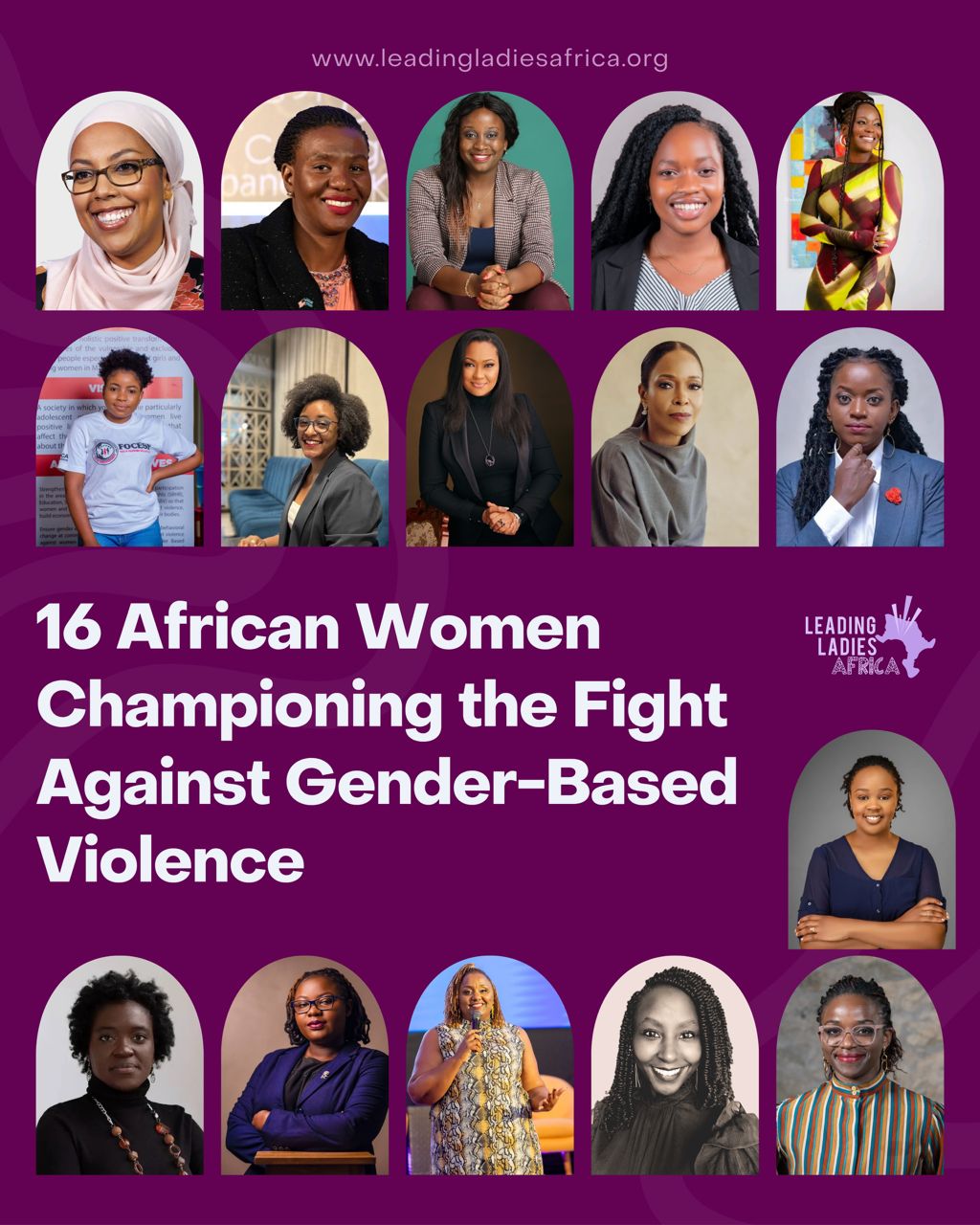It seemed the world held our collective breaths when the Prime Minister of New Zealand, Jacinda Ardern, announced that she would not be running for a second term.
Jacinda’s impressive mark on New Zealand’s —and the world, if we’re calling spades what they are— history began when she became the youngest world leader at age 37.
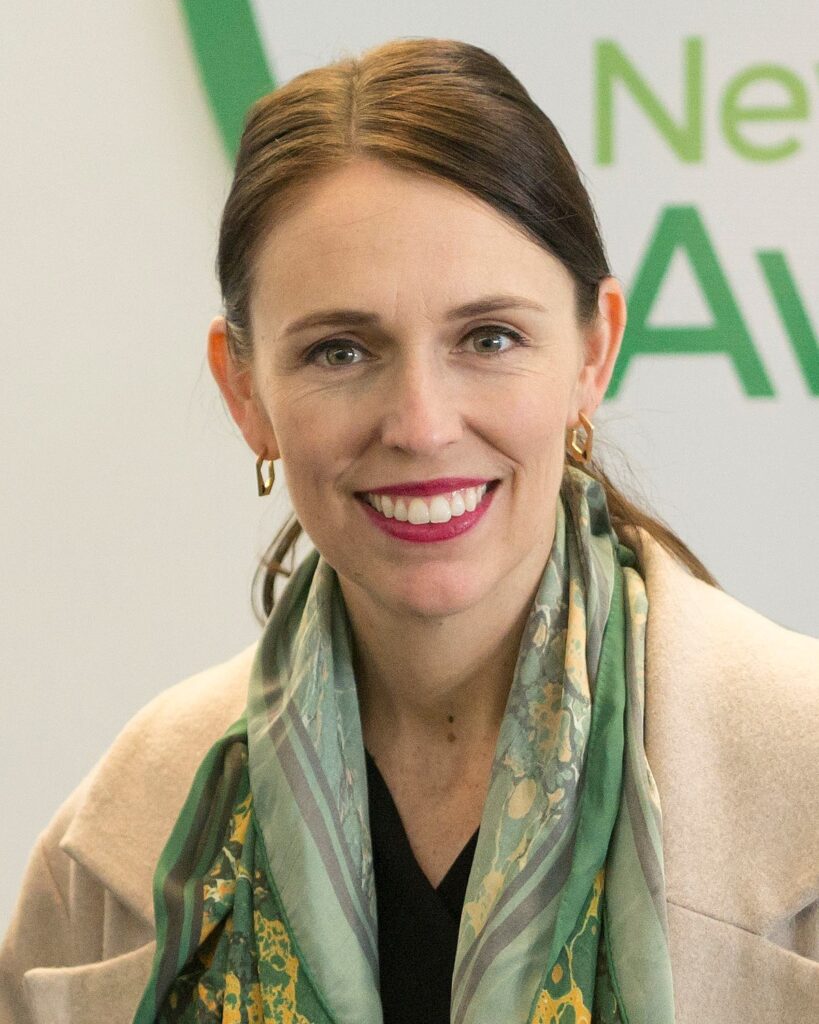
Since then, she has continued to demonstrate, to the world, remarkable leadership capabilities. Some of these include crisis management with New Zealand’s response to the 2019 terrorist attacks and the Covid-19 pandemic and being a strong champion of inclusion and diversity for women and indigenous people.
On the 19th of January 2023, Ardern shared at a news conference that she would not be recontesting as she ‘had no more in the tank’
In appreciation of Jacinda’s brave decision, we have been reminiscing moments during her term where she became the poster-woman for strong leadership and in this article, we’ll be listing some of them
1. Her graceful bow out from her Prime Minister role
It takes tremendous strength, grace and courage to admit exhaustion and these traits stamped Jacinda as one of the bravest women of our time when she made the announcement.
A normalized quality of a leader is to not show any sign of weakness and to persevere even at her detriment. Jacinda changed that narrative by letting the world know that there was power in acknowledging that you’re burnt out.
She has proved to millions of women(and men) around the world the significance of knowing when to stop, doing that with such distinct courage that we can’t not stan and support her.
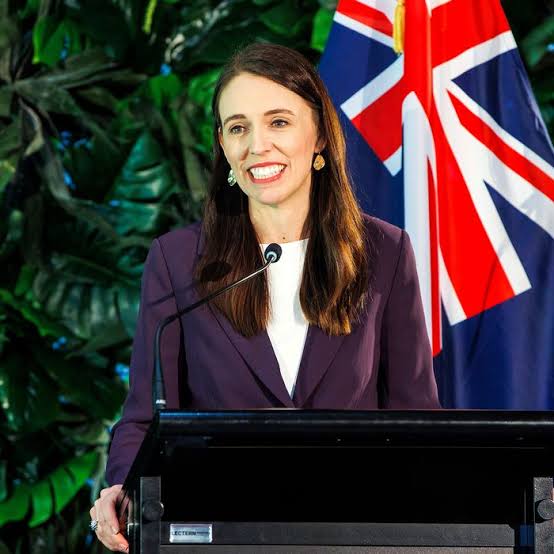
2. Repressing the Covid-19 virus with New Zealand’s prompt response to the pandemic
The global pandemic was a trying time for the entire world, especially its leaders, as it was a time to show a significant characteristic of leadership, crisis management, with some exhibiting that trait more than others.
New Zealand’s Covid strategy is known to be one of the most successful in the world and that strategy was led by Jacinda Ardern.
Ardern’s reaction to the first case was to close down New Zealand’s borders to non-citizens and non-residents and to impose a lockdown on its population. These measures proved effective as by the end of June 2020, the country had just two cases of Corona.
3. Her swift but empathetic actions after the Christchurch attacks

Before the Corona crisis, there was the devastating Christchurch Terror attacks.
On 15 March 2019, a single shooter committed two consecutive acts of terror on two mosques in Christchurch, taking 51 lives while streaming the shootings live.
The blatant act of islamophobia shook the world.
New Zealand’s immediate actions were to tighten gun laws by banning semi-automatic firearms, magazines and parts that could be used to assemble them, aiming to improve public safety.
Ardern, in an act of empathy to the family of the victims, and solidarity against Islamophobia, donned a hijab. This sunggingle act launched the ‘Headscarf for Harmony’ movement, a series of events and walks where non-Muslim women covered their hair to comfort the Islamic community.
4. Prioritizing Communication with New Zealand’s citizens throughout her term
One aspect of Jacinda’s government that has been appreciated by New Zealand’s citizens is the constant and effective communication — formally and informally.
Jacinda ensured that throughout her term she continuously shared information with the citizens, carrying them along in every step. She delivered information in ways that were reassuring without a false assurance, and comforting without hiding any hard truths.
5. Becoming the 2nd woman to give birth while holding an elected office
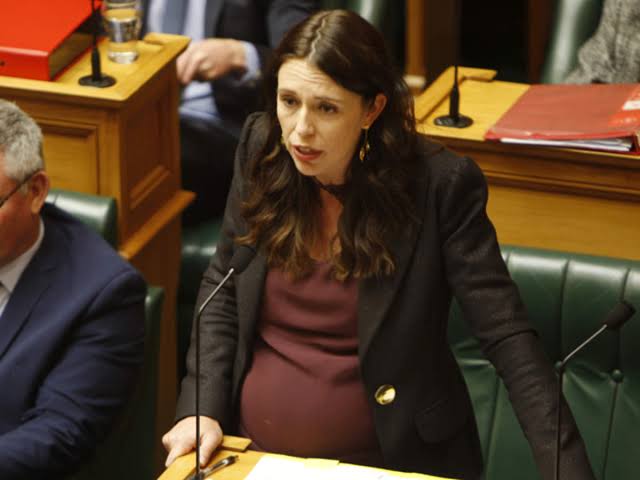
On June 20 2018, Ardern announced via an Instagram post that she had given birth to her first child, Neve Te Aroha, with partner, Clarke Gayford.
This made her the first woman in almost three decades and second woman ever (after Pakistan’s Benazir Bhutto) to get pregnant and give birth while holding elected office.
Her pregnancy had inspired a worldwide discussion about working mothers with Jacinda saying ‘I am not the first woman to multitask. I am not the first woman to work and have a baby; there are many women who have done this before’.
